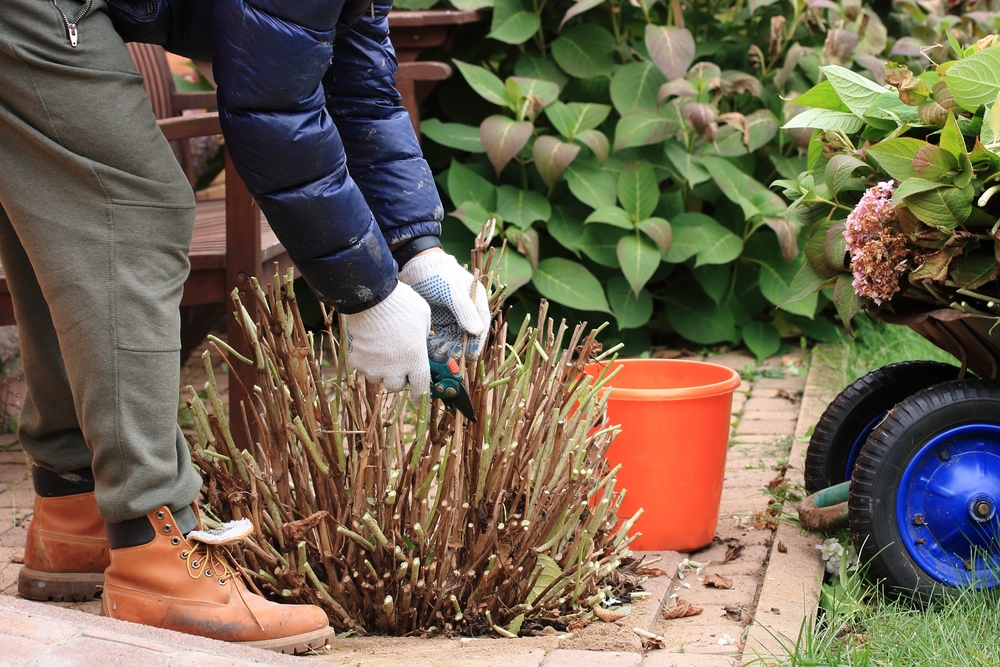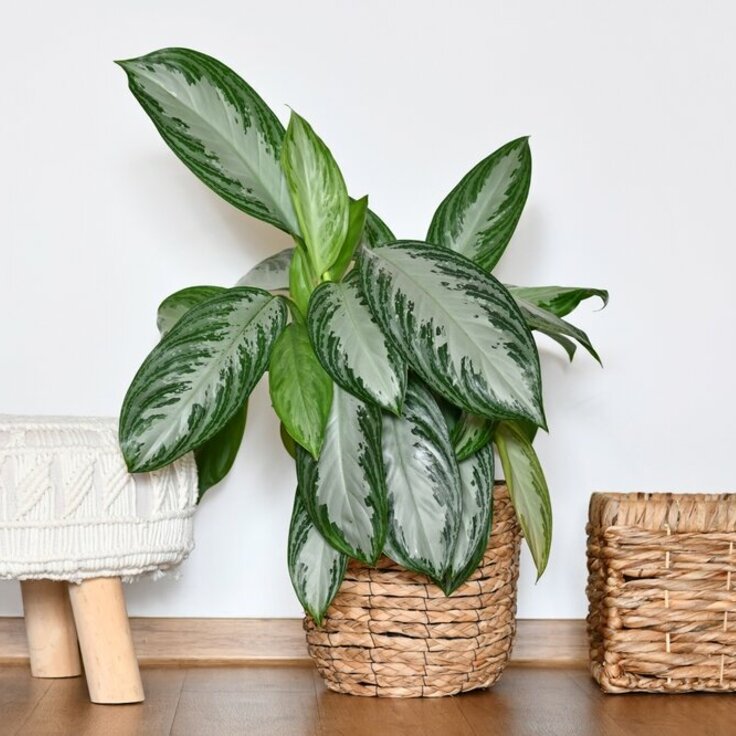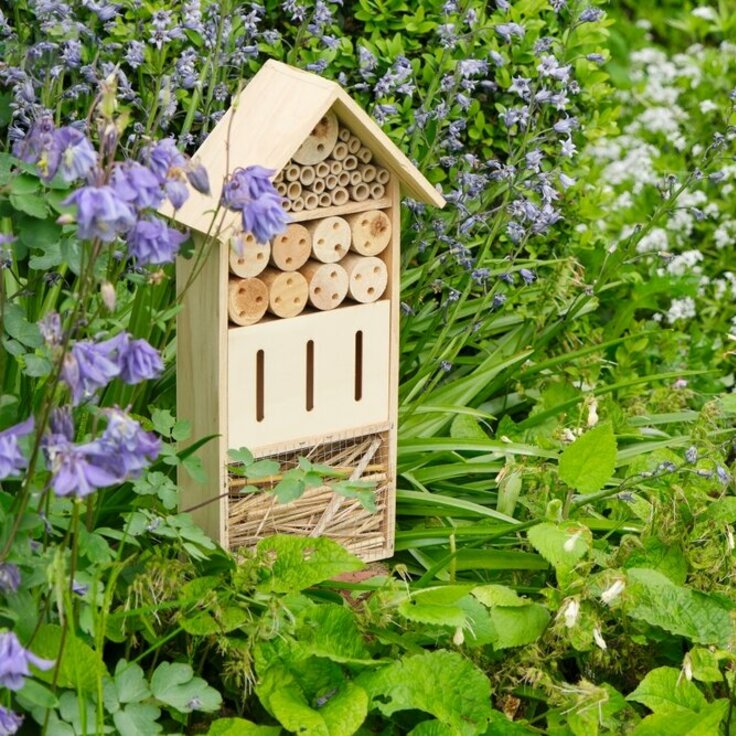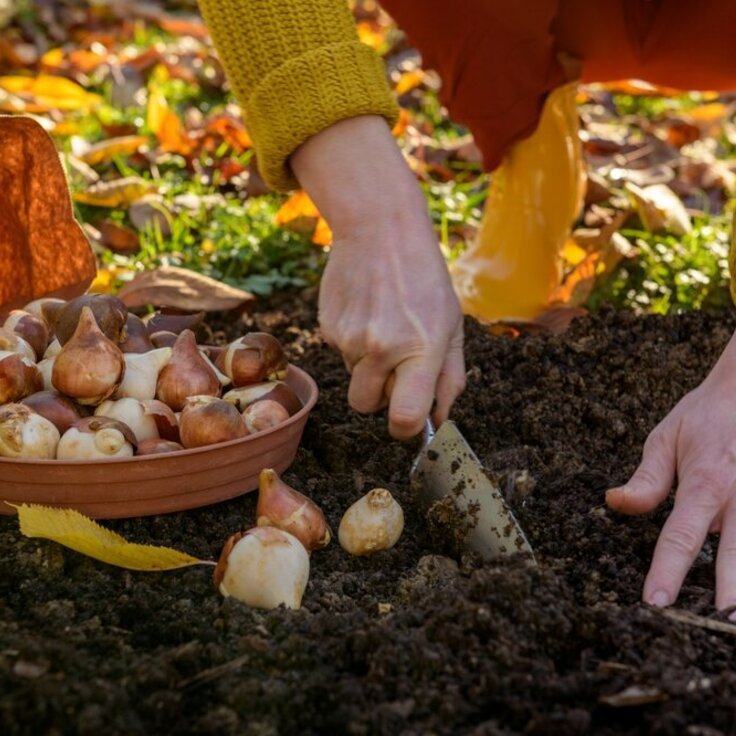Hydrangea Pruning: Essential Tips and Techniques
Hydrangeas are beloved garden plants celebrated for their striking floral displays, ranging from soft pastels to bold colors. To achieve the best blooms and maintain a healthy plant, it’s crucial to provide proper care, especially when it comes to pruning. This guide explores hydrangeas in depth, offering practical advice on how to prune, trim, and care for these versatile plants.
Different Types of Hydrangeas and Their Pruning Needs
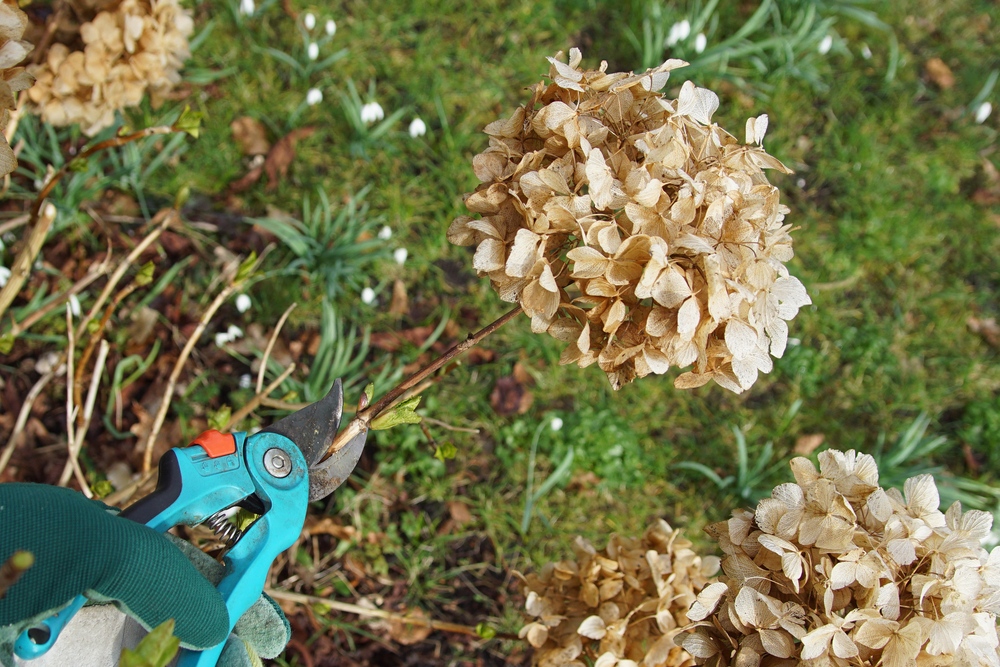
Before we get into the specifics of pruning, it's important to understand that different hydrangea varieties have distinct needs. Here are the most common types:
-
Hydrangea macrophylla (Bigleaf Hydrangea): Known for its large, rounded blooms that can change color depending on the soil’s pH. Prune this variety immediately after it finishes blooming, typically in late summer or early fall, to avoid removing next year’s flower buds.
-
Hydrangea paniculata (Panicled Hydrangea): This type features conical flower clusters that start white and eventually turn pink. It can be pruned more severely since it blooms on new wood. The optimal time to prune is late winter or early spring before new growth begins.
-
Hydrangea quercifolia (Oakleaf Hydrangea): Recognized for its oak-like leaves and stunning autumn colors. Prune this variety right after blooming to maintain its shape and overall health.
-
Hydrangea arborescens (Smooth Hydrangea): Famous for its large, rounded flower heads. Prune this type in early spring, just before the new growth starts, to ensure a vibrant bloom.
Proper Techniques for Pruning Hydrangeas
1. Tools and Preparation
Before you begin pruning, make sure you have the right tools ready. A pair of sharp pruning shears or loppers is essential for clean cuts. Disinfect your tools before use to prevent spreading diseases.
2. When to Prune
The best time to prune your hydrangeas depends on their type. If you’re unsure, observe the blooming period and prune right after the flowers fade. This prevents the removal of buds that would bloom in the following season.
3. Pruning Methods
- Remove Dead and Diseased Wood: Start by cutting out any dead, damaged, or diseased branches. This helps prevent disease spread and promotes plant health.
- Manage Growth: For hydrangeas that bloom on new wood (like Hydrangea paniculata), you can prune more aggressively to control growth and shape. Remove about one-third of the oldest branches to rejuvenate the plant.
- Maintain Shape and Size: For hydrangeas that flower on old wood (such as Hydrangea macrophylla), prune more cautiously to retain the plant’s shape. Remove branches growing towards the center to improve air circulation and create an open structure.
Hydrangea Care Tips
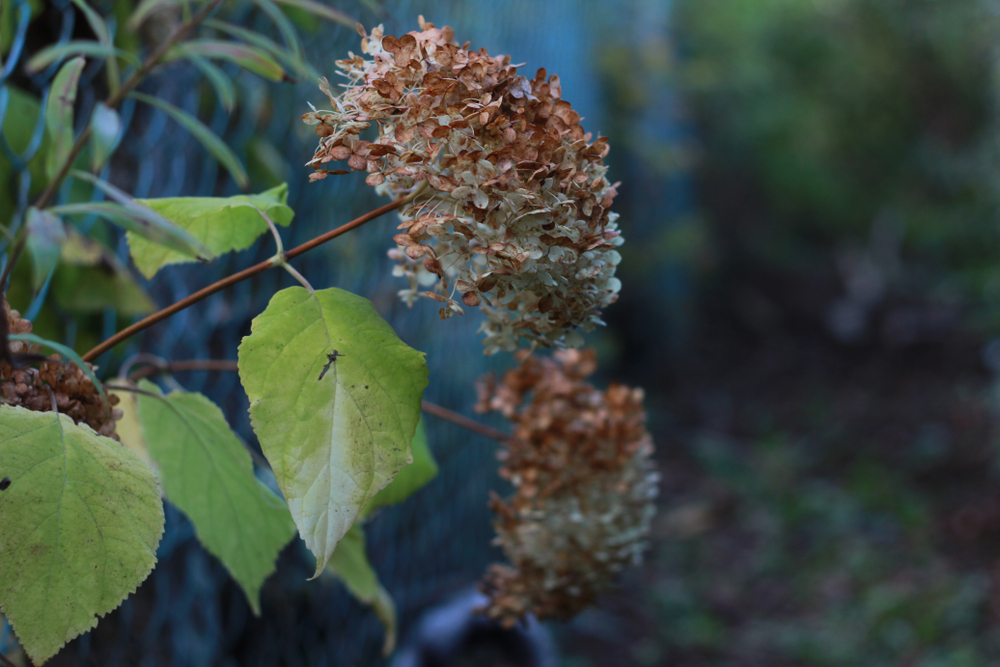
1. Fertilizing and Soil
Hydrangeas thrive in well-draining, fertile soil. Enrich the soil with compost or well-rotted manure. Annual fertilization in the spring helps the plant produce strong growth and abundant blooms.
2. Watering
Consistent moisture is key for hydrangeas, especially during dry spells. Ensure the soil remains evenly moist but avoid overwatering, which can lead to root rot.
3. Winter Protection
During winter, hydrangeas may require extra protection, particularly in colder regions. Apply mulch around the base to protect the roots from extreme temperatures. For additional protection, cover the plant with a winter fleece or gently bend and cover the branches with straw or leaves.
4. Propagation
Hydrangeas can be propagated from cuttings. In early summer, take healthy cuttings and place them in a mix of potting soil and sand. Ensure a warm, humid environment to encourage rooting.
Essential Hydrangea Care Products
Several products can help with hydrangea care:
- Hydrangea Fertilizers: Specially designed fertilizers with a balanced NPK ratio can enhance growth and flowering.
- Pruning Tools: Investing in quality tools like sharp pruners or loppers makes pruning more efficient and effective.
- Winter Protection: Mulch, winter covers, and other protective materials help safeguard your hydrangeas from frost and cold.
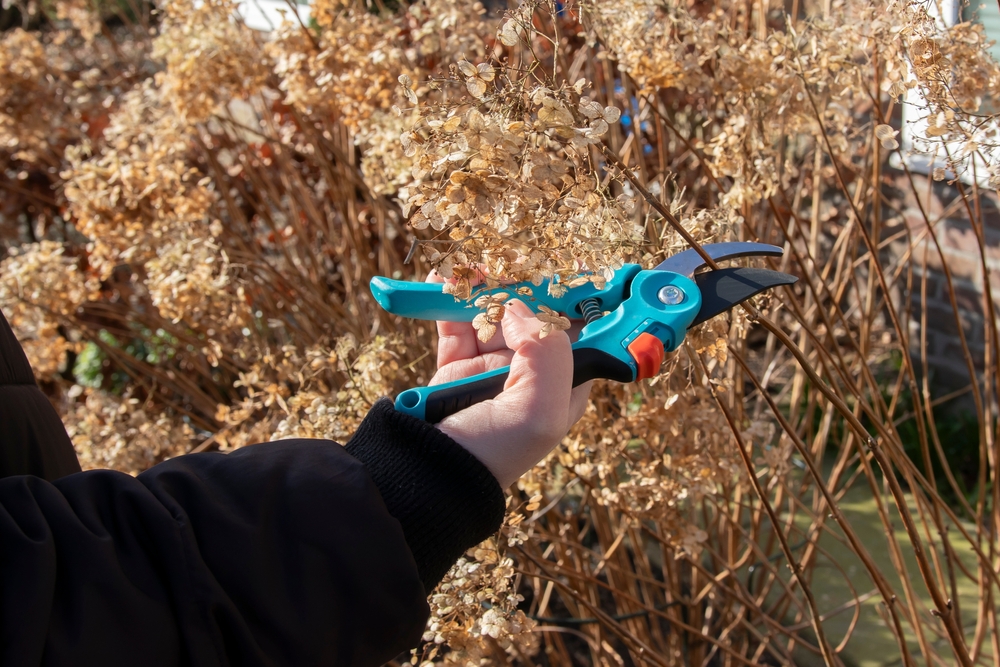
Keep Your Hydrangeas Healthy and Beautiful
Pruning and caring for hydrangeas may seem challenging, but with the right techniques and knowledge, you can ensure your plants stay healthy and bloom beautifully. Whether you have Hydrangea macrophylla, paniculata, quercifolia, or arborescens, understanding their specific requirements and timing your actions appropriately is crucial. With proper care, your hydrangeas will not only thrive but also bring lasting beauty to your garden.
By following these tips and techniques, you’ll keep your hydrangeas in top condition and ensure they dazzle each season. Happy gardening!

